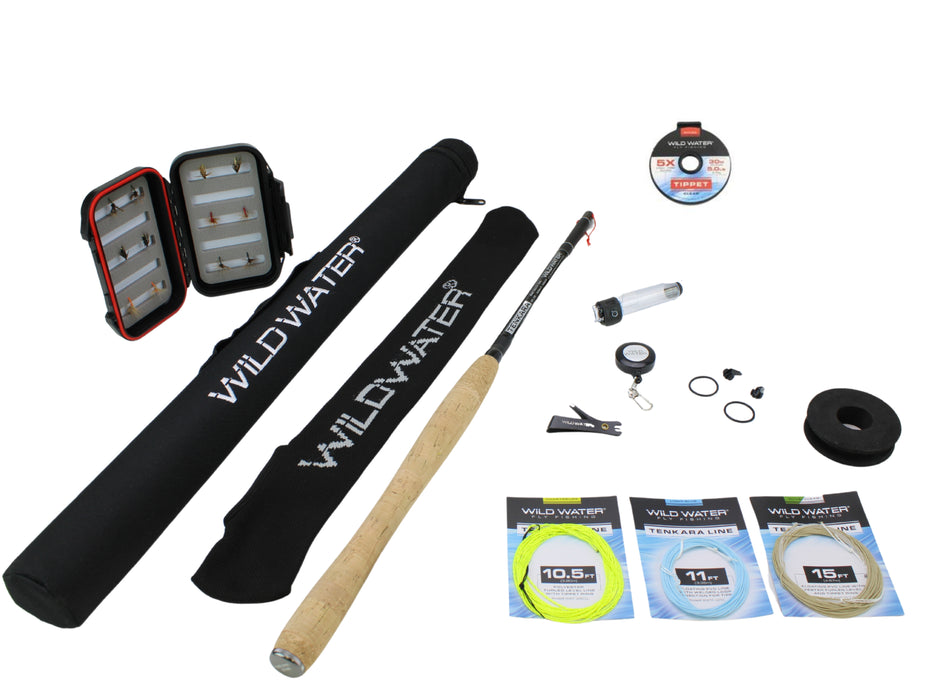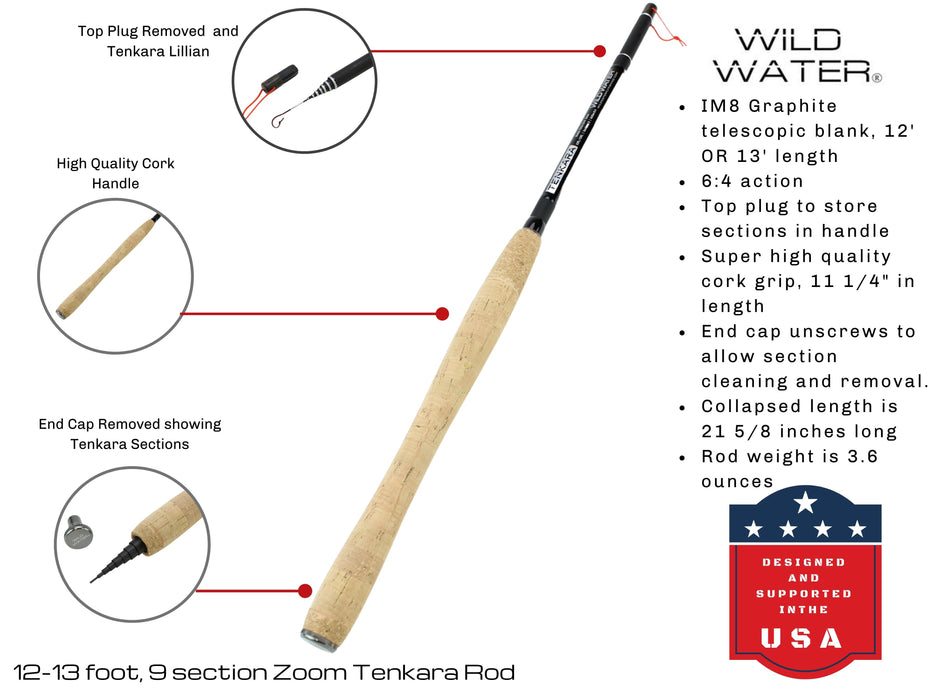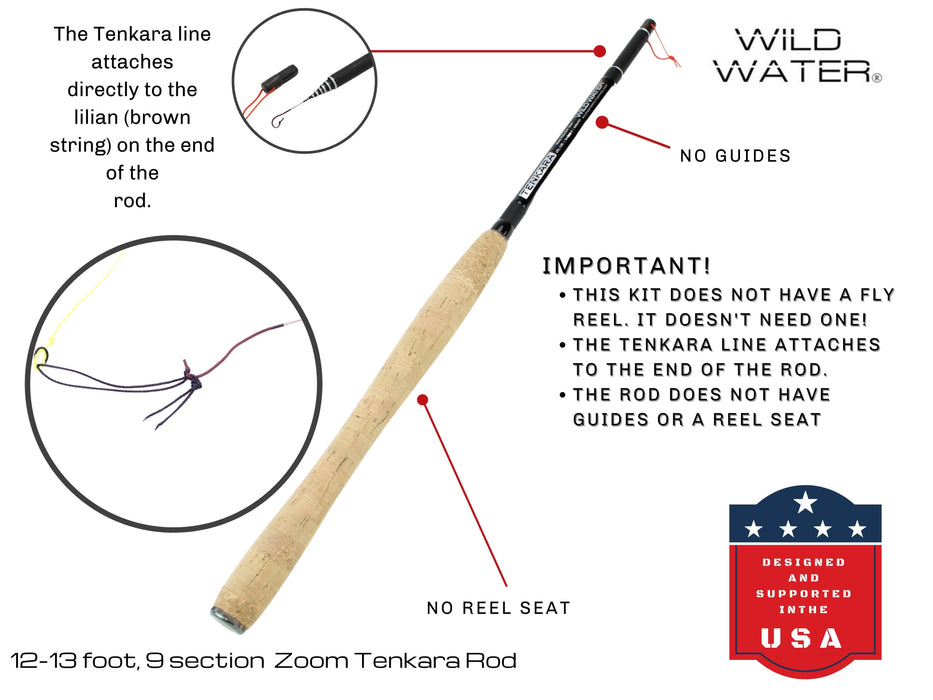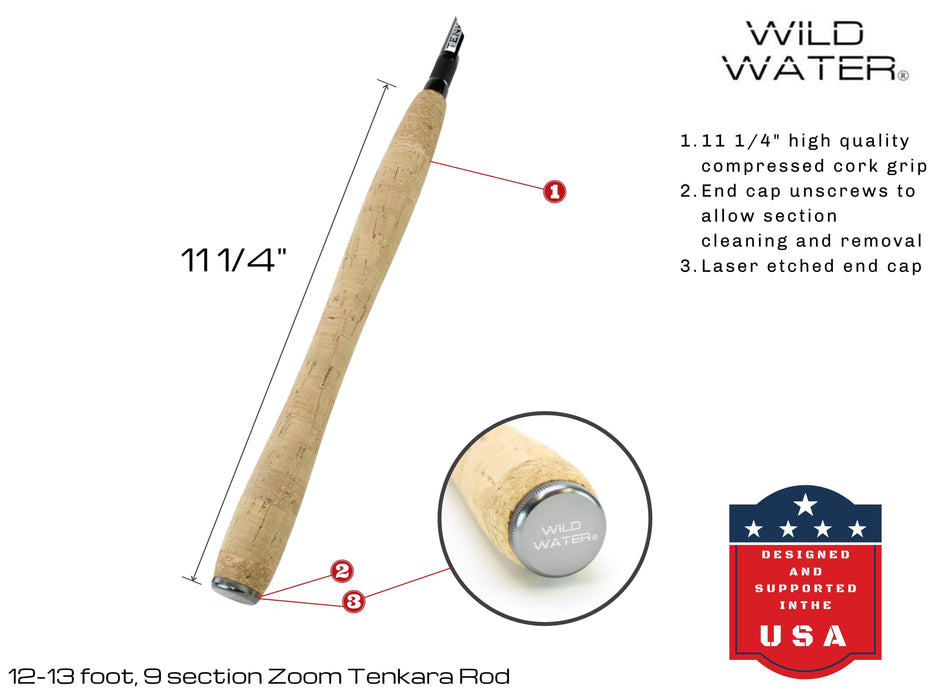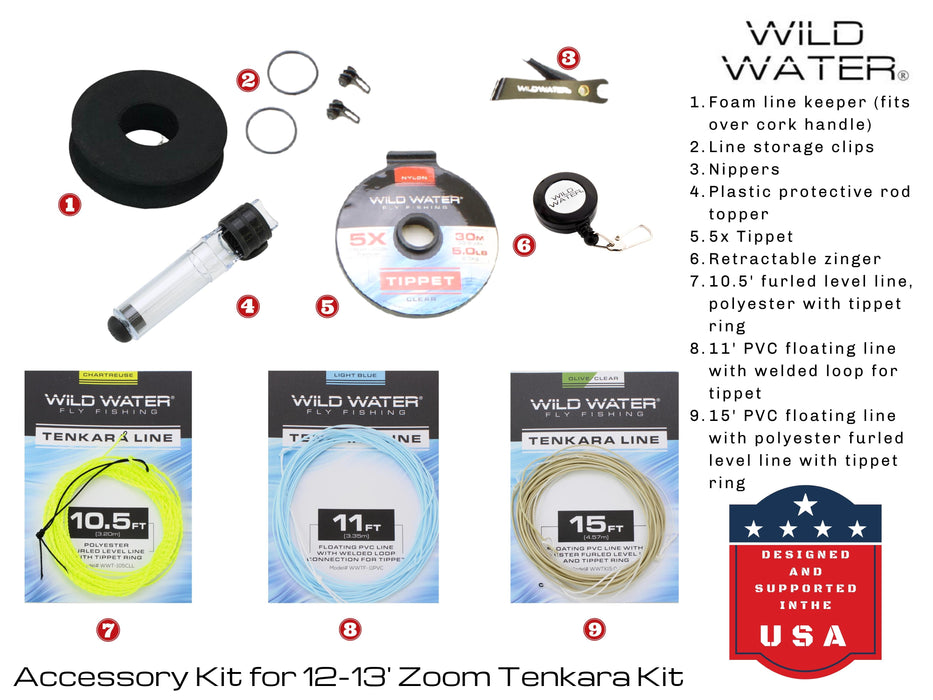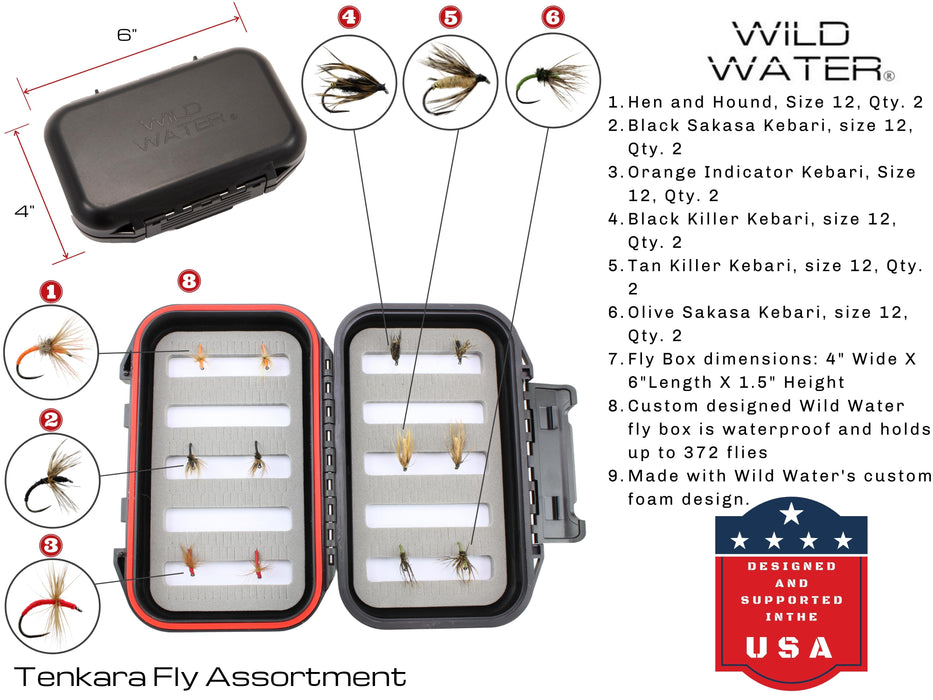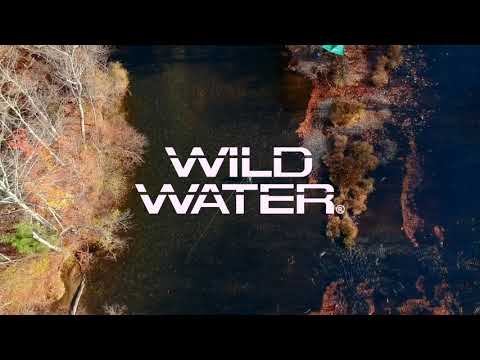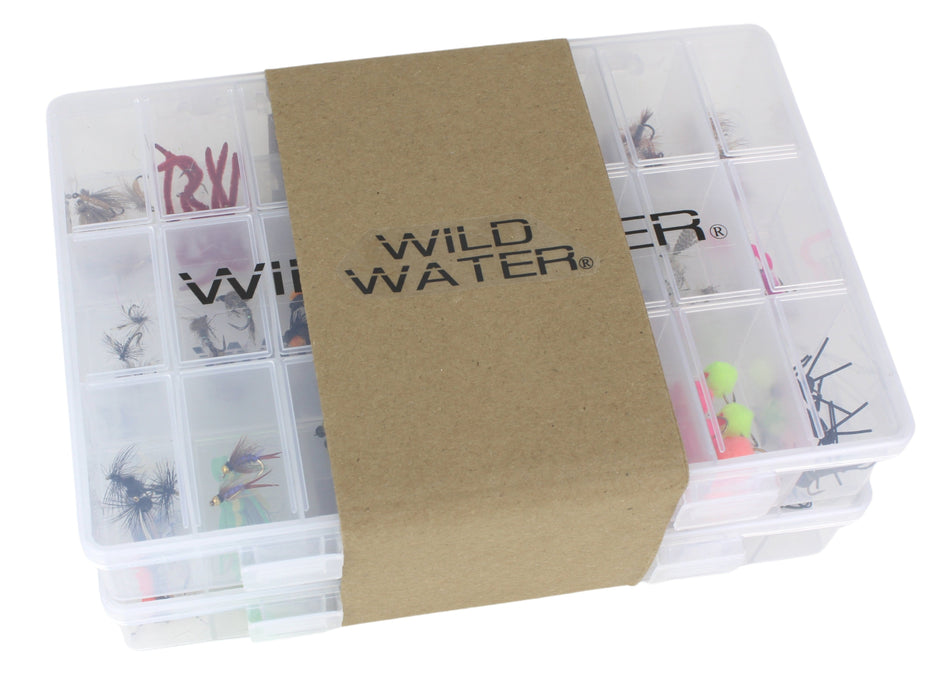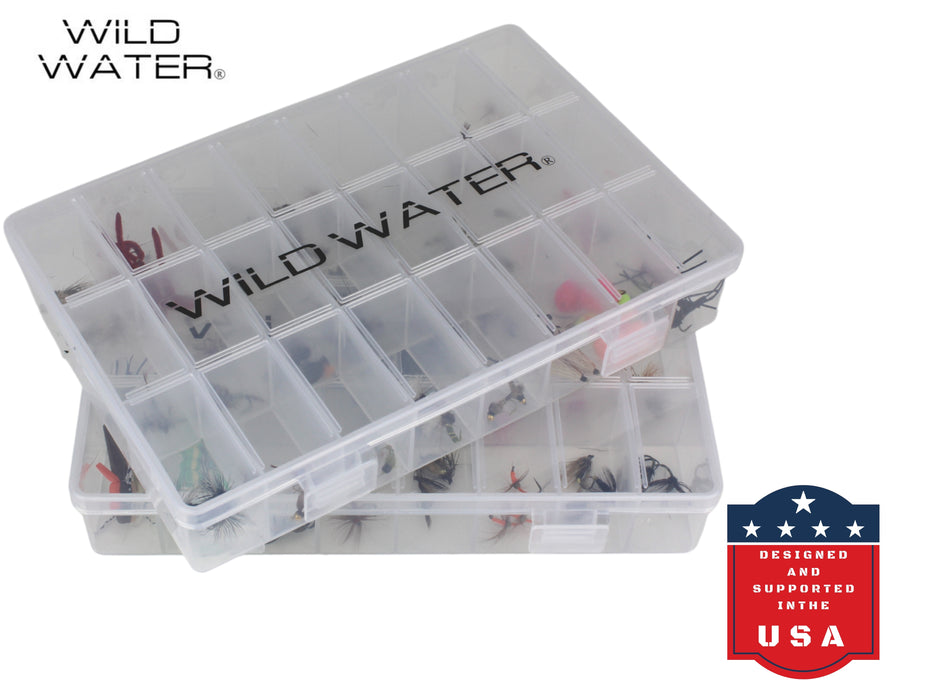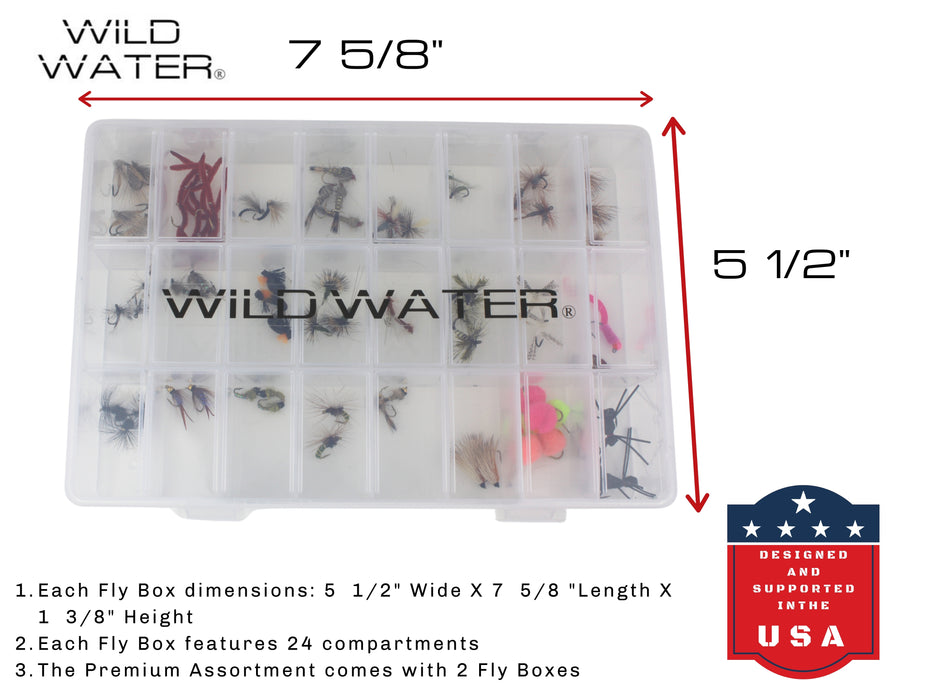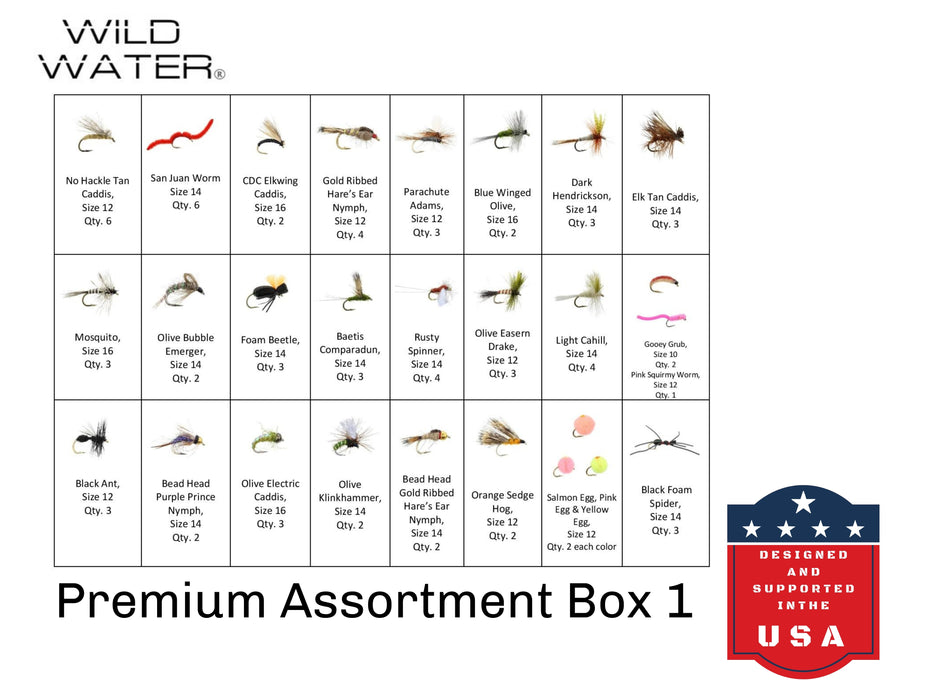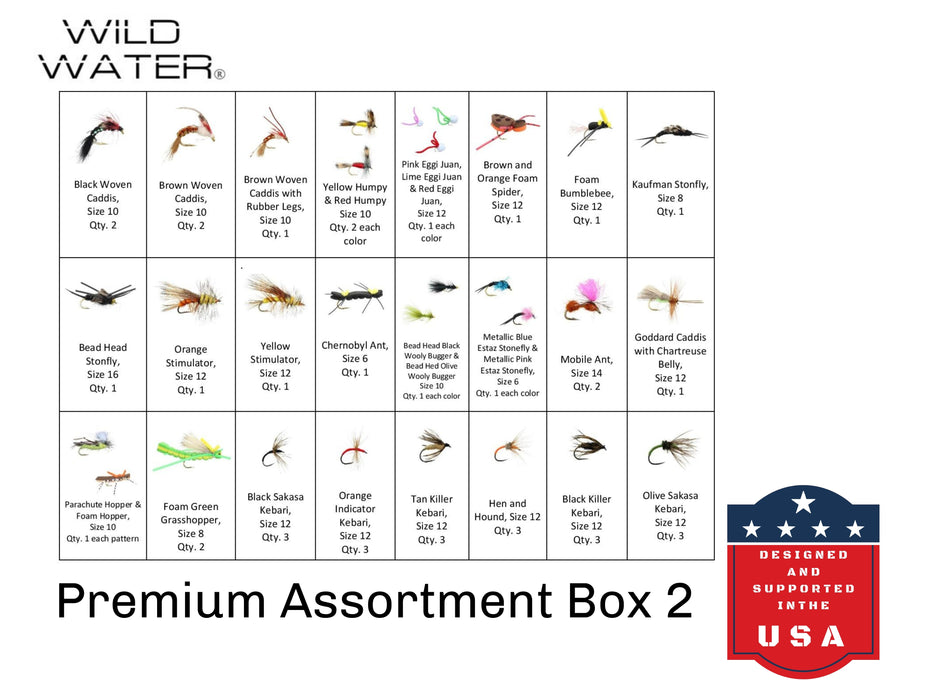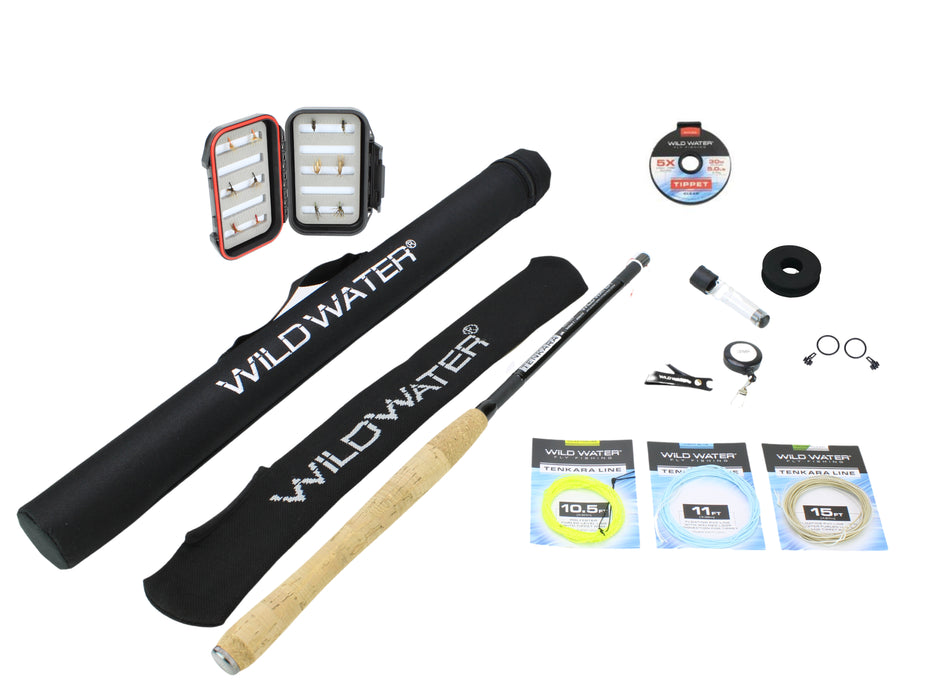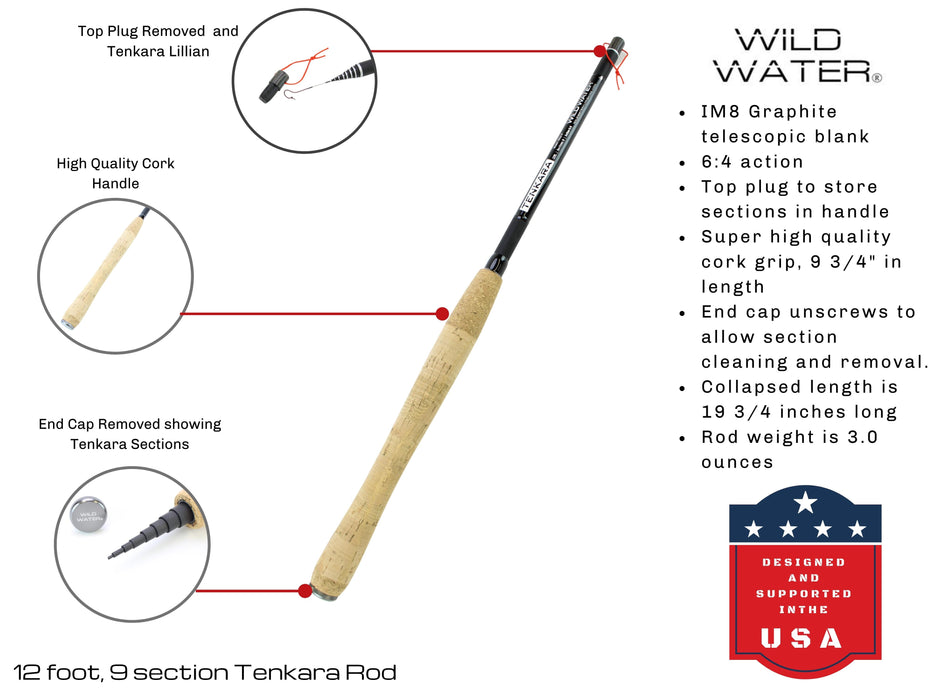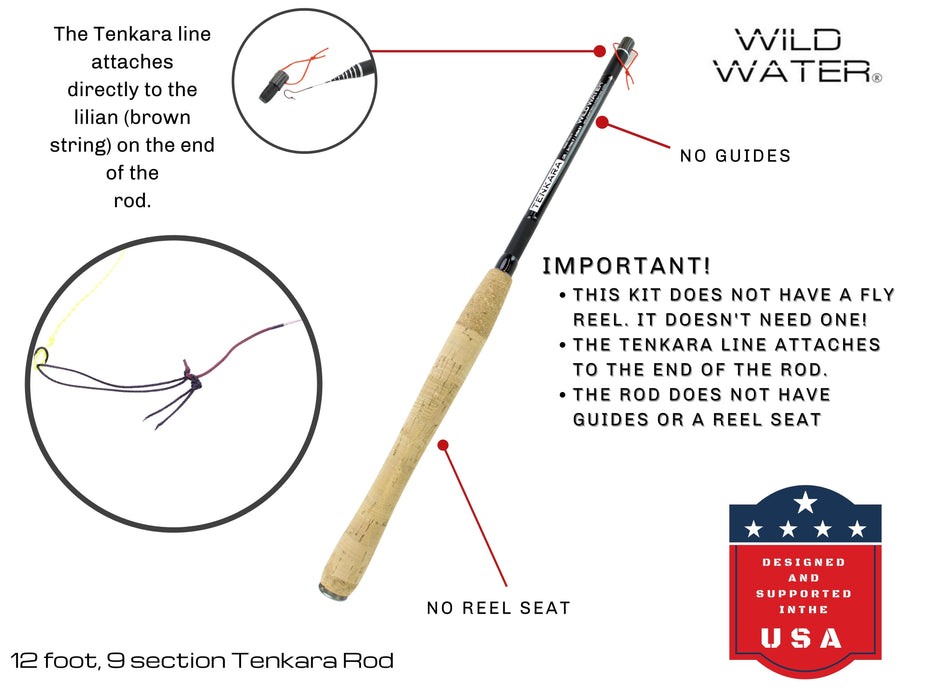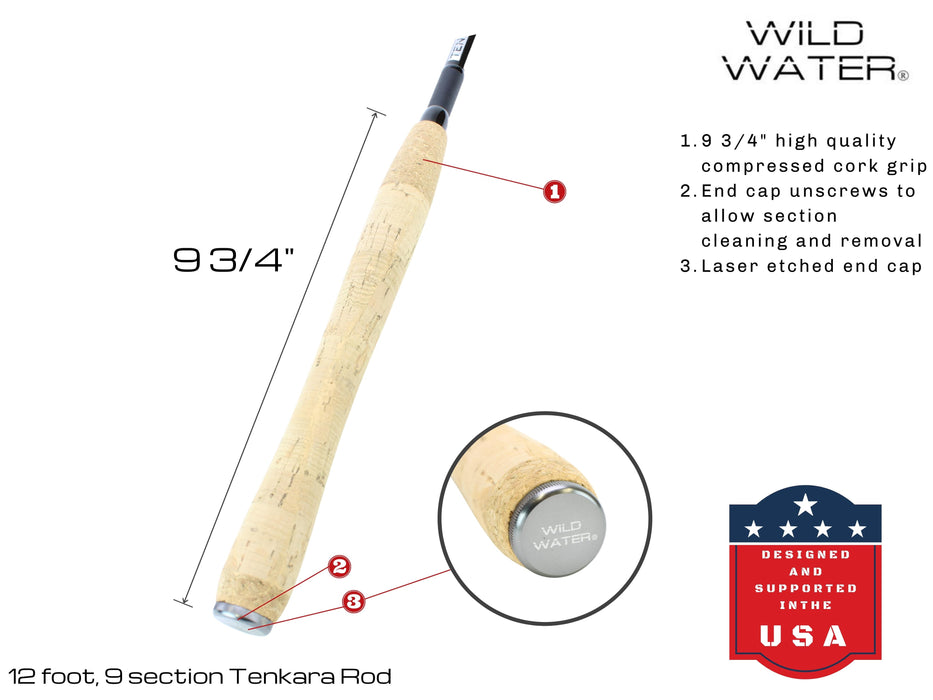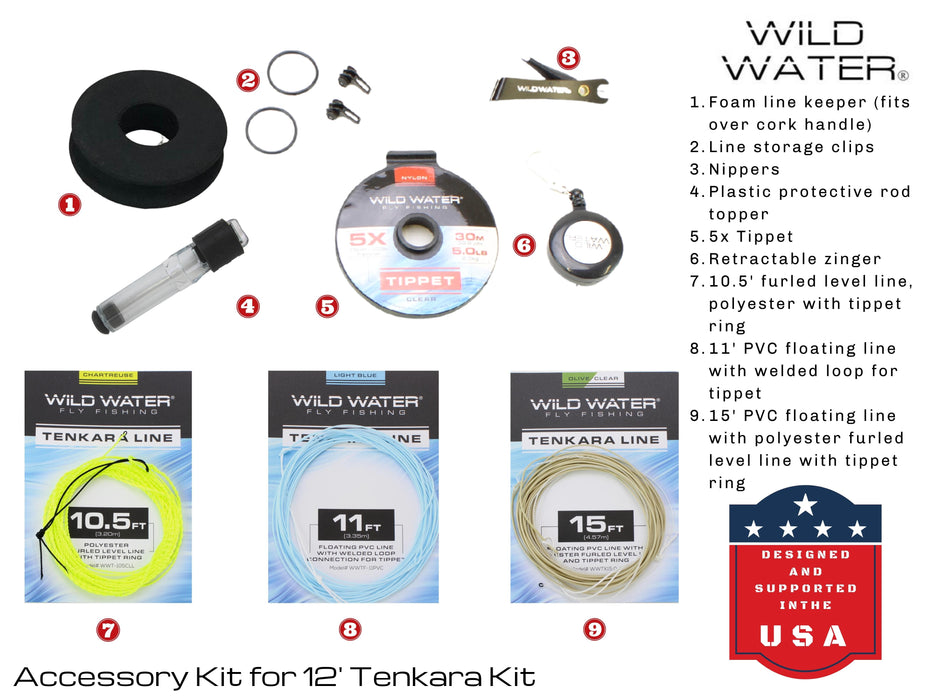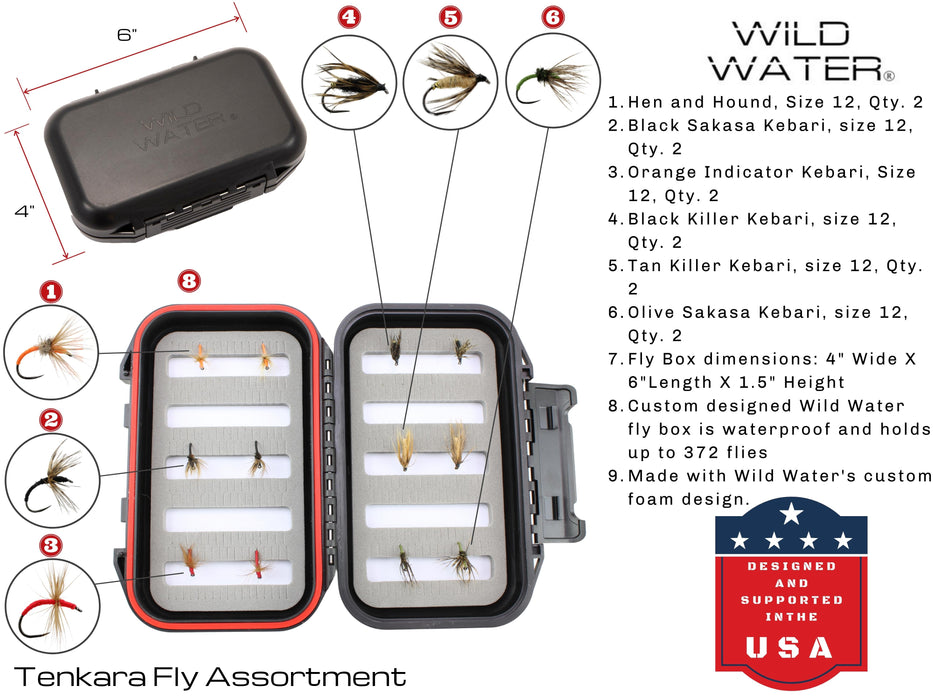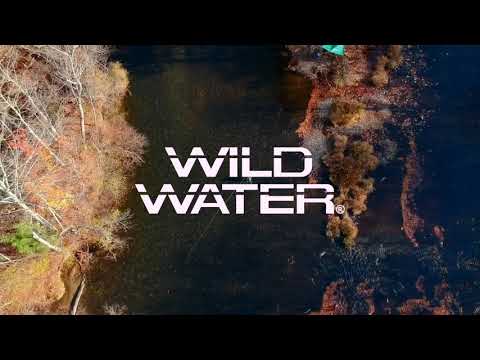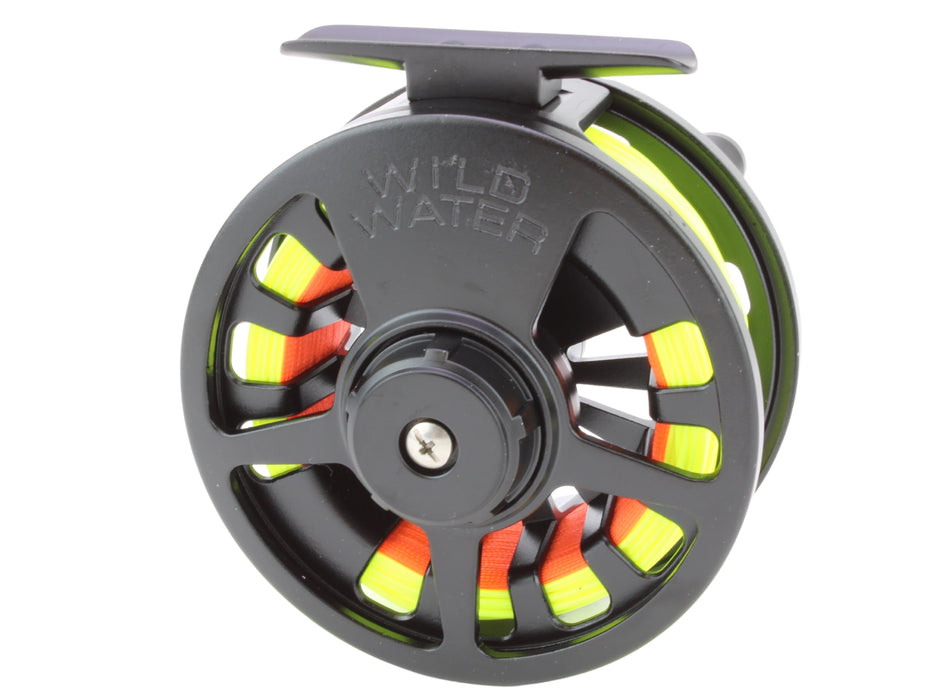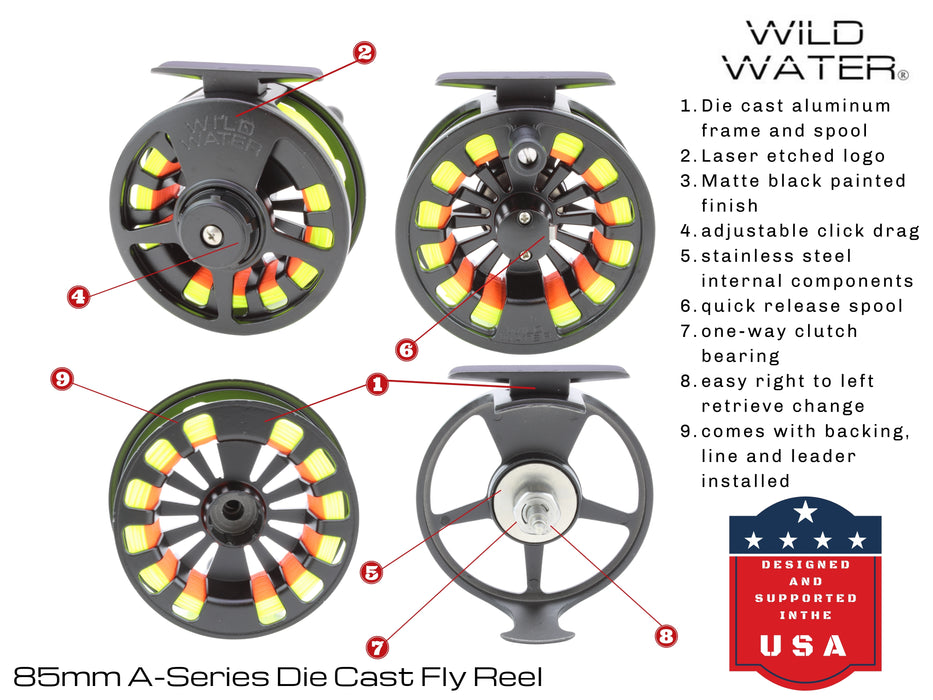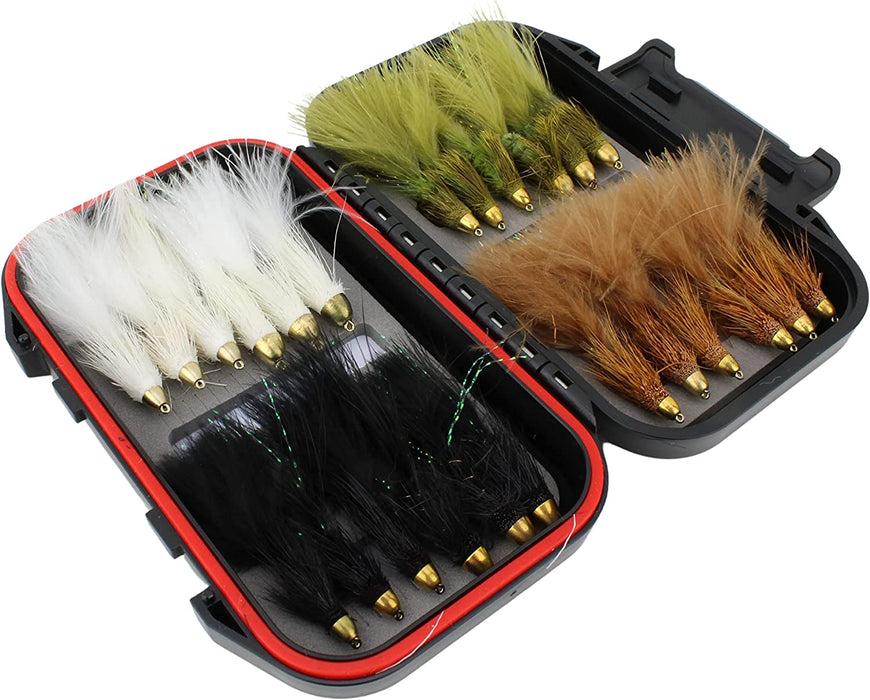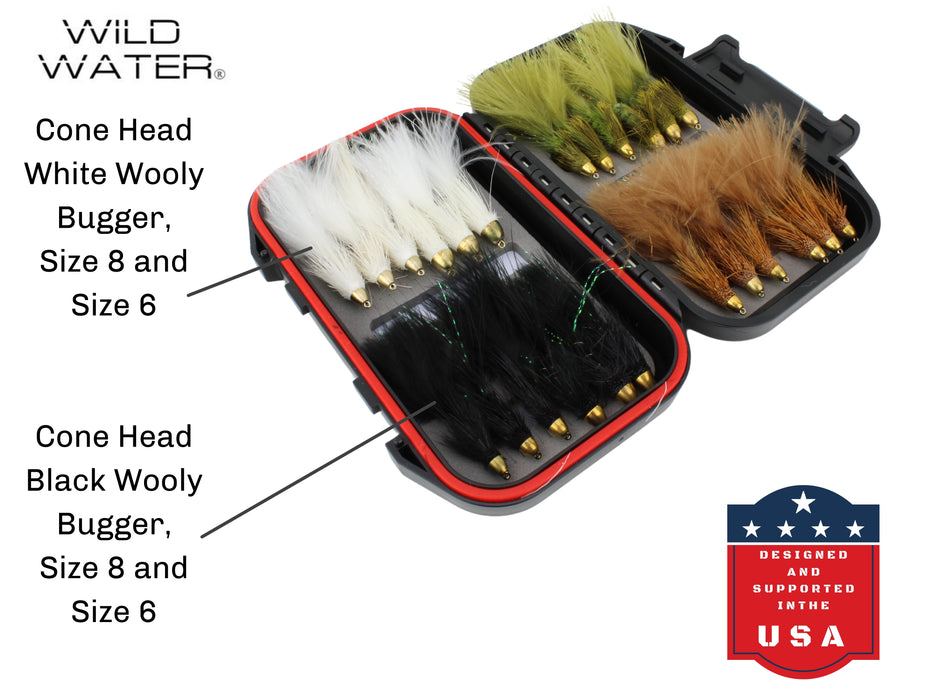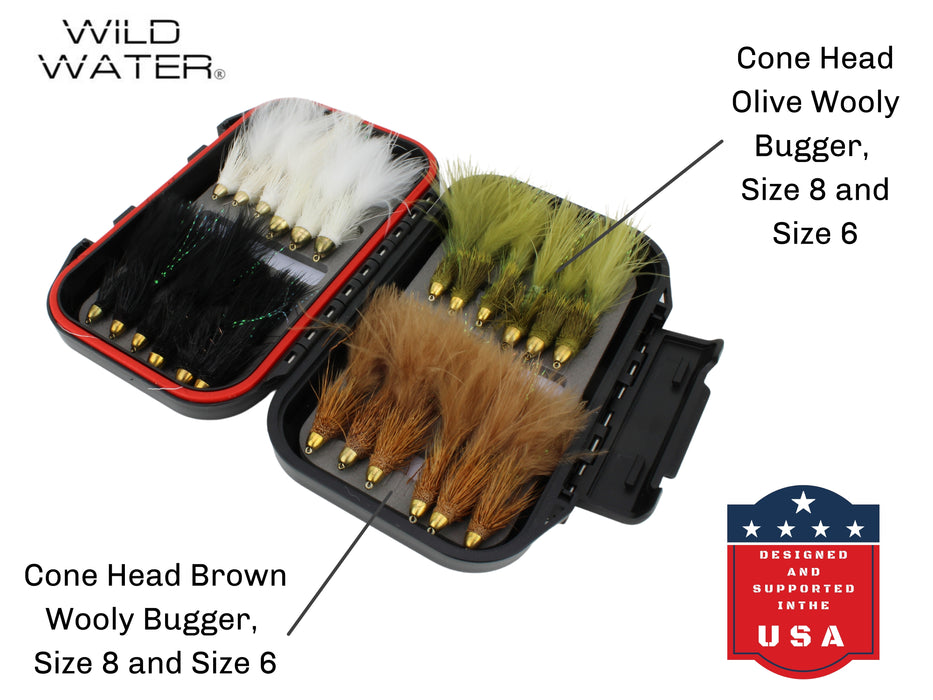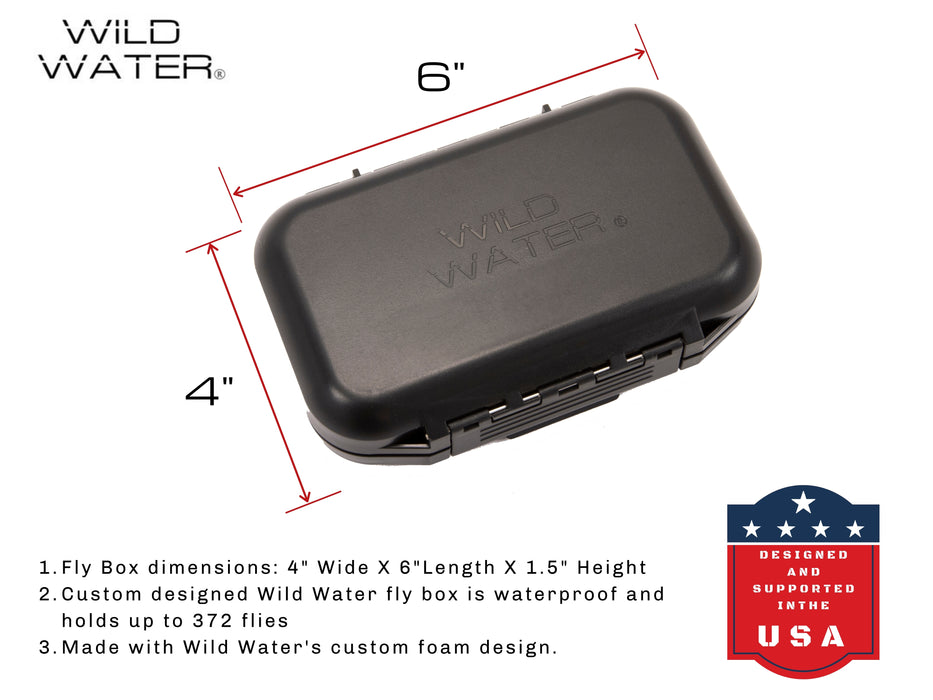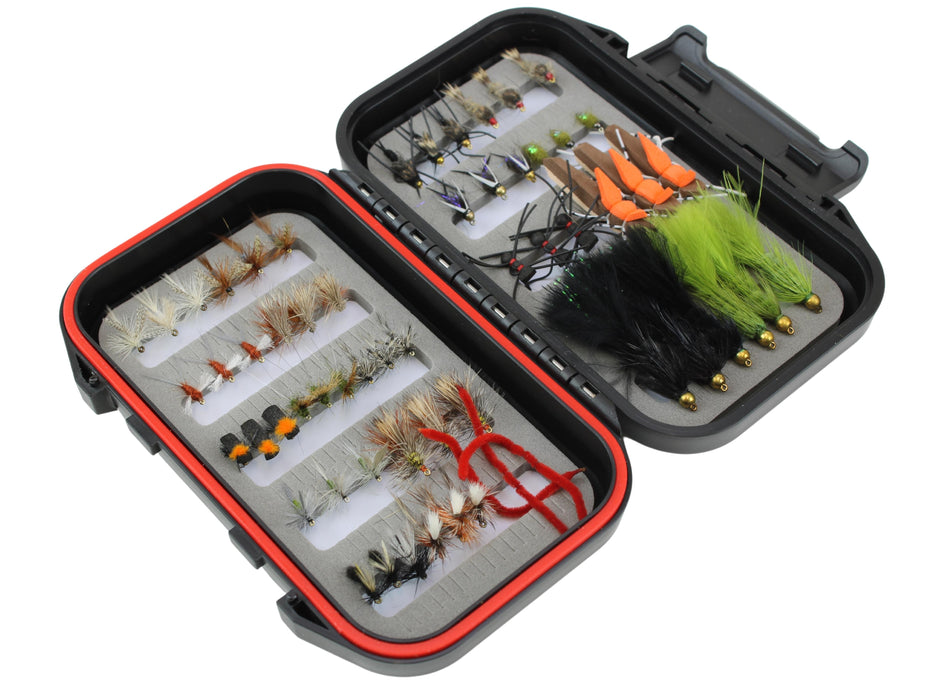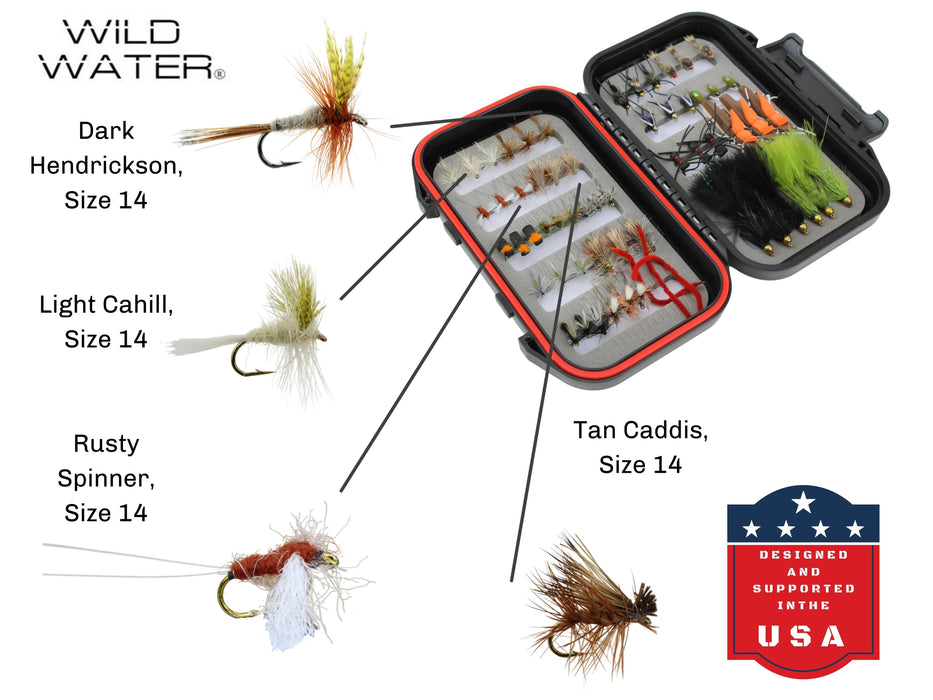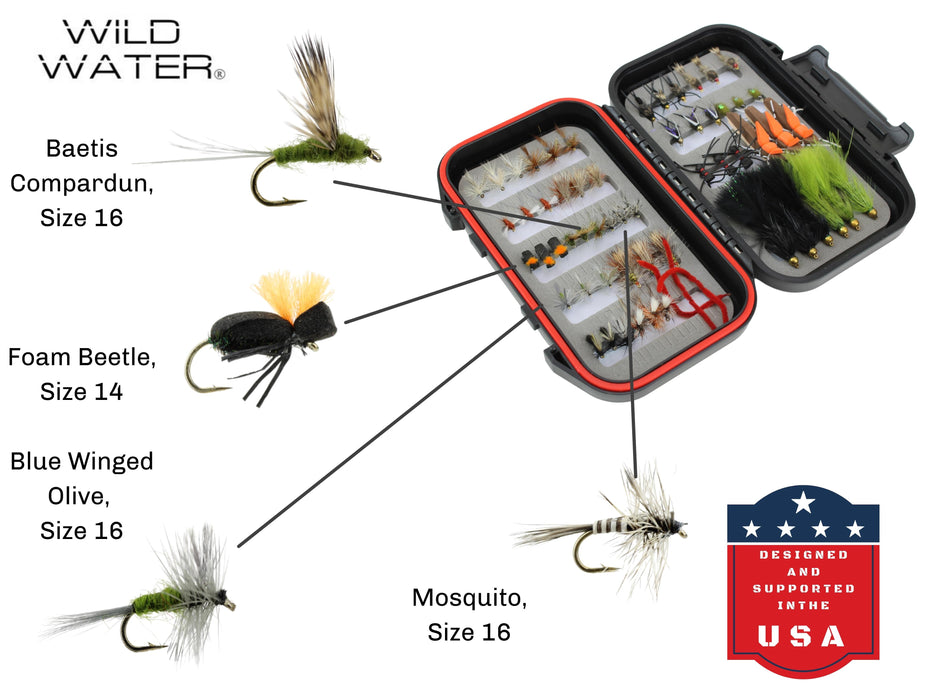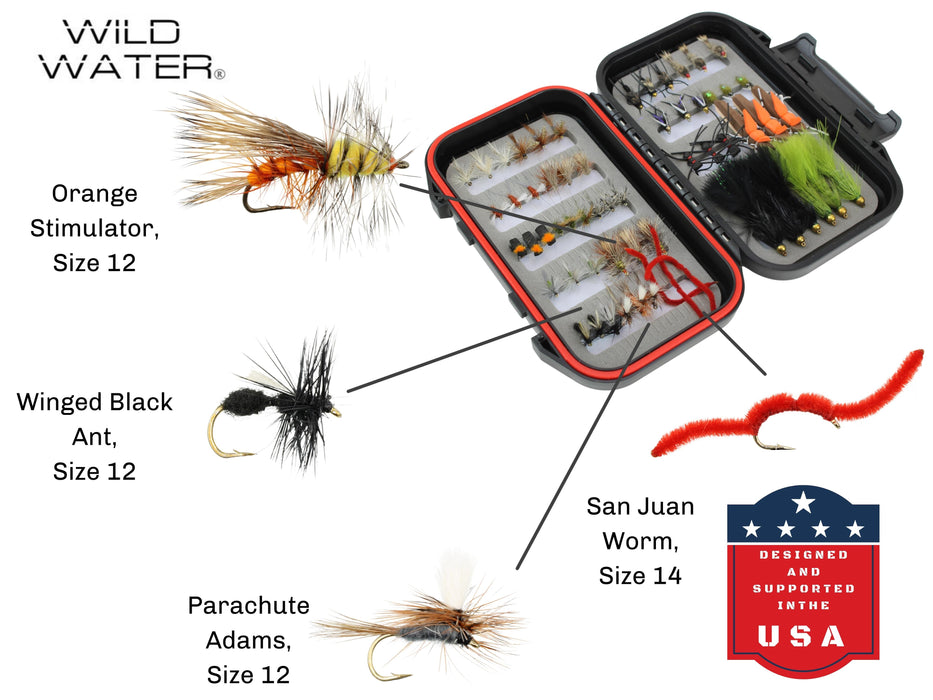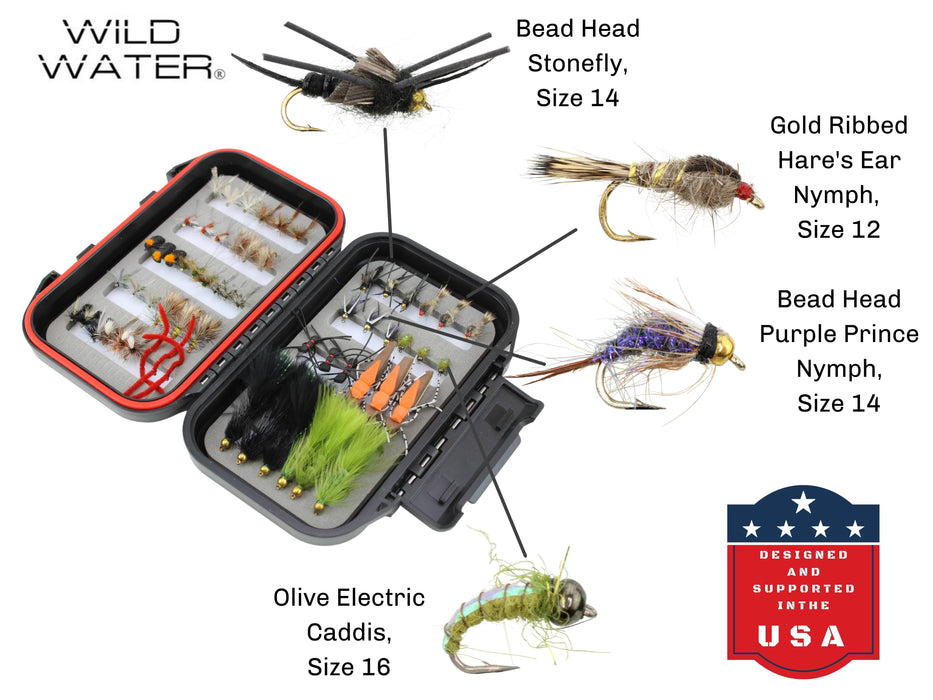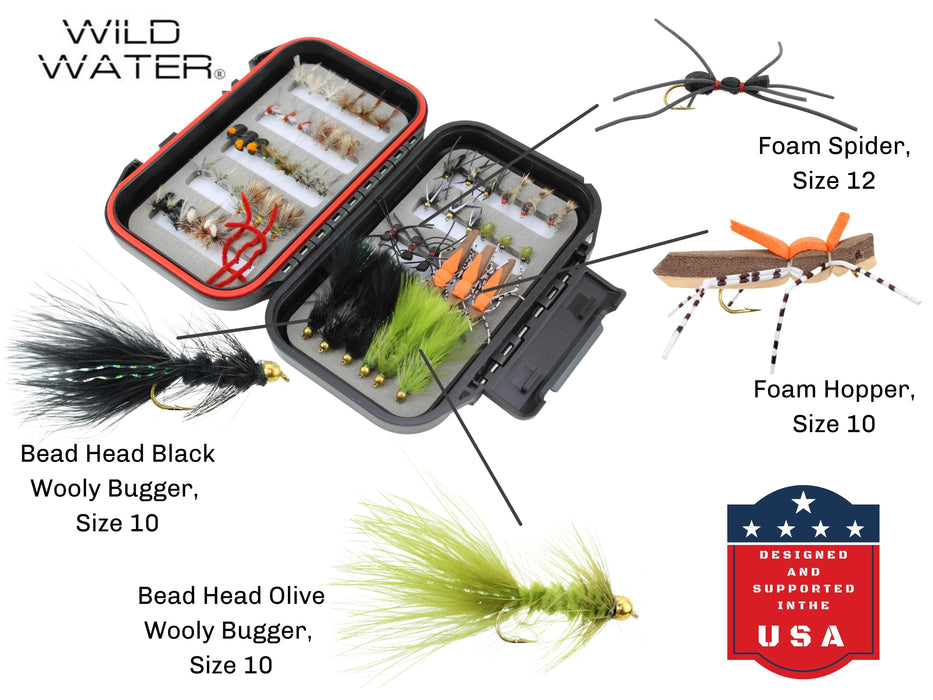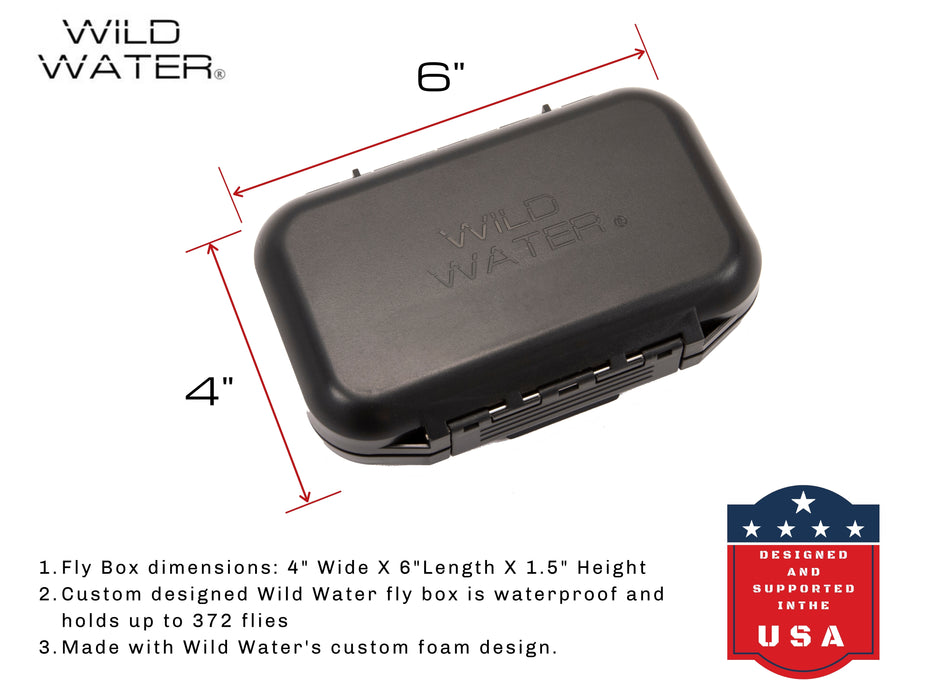Fly Fishing the Winooski River in Vermont
VERMONT FLY FISHING
Vermont holds a special place in my heart. I spent my college years there, and a few after. The state is rural compared to most places. The largest city, Burlington, has a population of only 45,000. Most of the state consists of mountains and farms, with small towns spread throughout. Billboards are illegal, as well as drive-throughs in some cities. Don’t base your entire impression of the state on the movie Super Troopers (although some of it is accurate…). Vermont gets all four seasons, best known for its fall foliage. The mountains are covered in dense forests that are a mix of coniferous and deciduous trees. It is the nation’s largest producer of maple syrup, putting out over 2 million gallons a year. Moose, black bear, whitetail deer, and turkey are common sights. Winters are very cold, with temperatures reaching negative 30 degrees at times. Summers see temperatures of 80-90 degrees, with high humidity. Consistent rainfall produces lush, green forests. Just like most of New England, Vermont’s history is some of the oldest in the country, being settled in 1791.
Vermont maintains diverse fishing opportunities. Lakes and ponds hold warmwater fish such as largemouth & smallmouth bass, bluegill, crappie, catfish, and yellow perch. Many lakes also hold northern pike, pickerel, and even walleye. Brook trout are the only native trout to the Eastern United States, and they’re not even a trout. Technically, brook trout are a species of char. Rainbow & brown trout have been introduced and wild populations now exist in many rivers. Vermont Fish & Wildlife conducts a trophy stocking program each year, stocking 2-year-old rainbows & browns that are 16-24”+. The Winooski River is a popular river to fish for these trophies. It is a 90-mile-long major tributary to Lake Champlain, the sixth largest natural freshwater lake in the country.
In mid-April, I drove out to a public section of the Winooski. I parked off a highway bridge and was able to walk to the riverbank. The weather was around 55 degrees and overcast. The river was running high and muddy, as most New England rivers do in the spring. Here, the river was around 100 feet wide and 8-10 feet deep in the middle. The bottom was mostly mud with some rocks mixed in. Wading was slightly dangerous, as water visibility was no more than a foot and river speed was higher. Keeping close to the bank, I found a place where there was less of a backdrop so I could make a cast. I used my 9-foot 5-weight rod with floating line and a 9-foot 3x leader. The fly I chose is called a Zonker. A Zonker is a baitfish imitation that has a rabbit hair tail and back, with synthetic flash material on the body. It has wire wrapped around the hook shank to provide weight. Zonkers are great flies for early spring conditions because the combination of flash material and movement of the tail allows for fish to notice the fly in turbid (muddy) water. They also closely imitate a natural food source as rainbow & brown trout fry are present in the early season.
I noticed that the opposite bank had a steep drop-off with submerged boulders, creating slower water for fish to rest in. I casted as far as I could across the current and let the fly slowly sweep through the slow-water section, twitching it every few seconds. Although unsuccessful at first, I repeated this several times. In high & turbid water conditions, holes must be worked more thoroughly. Higher water gives the fish more room to spread out, and turbid water keeps the fish from being able to see your fly unless it is directly in front of them. After 20 casts or so, I hooked into a fish that was worth the wait. It was a 22-inch brown trout that had some serious girth. My initial thought was that it was a pregnant female, but browns spawn in the fall, not the spring. This told me that the fish was eating aggressively and filling its stomach. Trout can appear this way during significant hatches as well, such as grasshoppers. They gorge while the big food is available and develop quite the belly as a result. I released the fish and continued downstream.
At a sharp bend in the river, I took a few more casts. The bend created a deep spot on the opposite bank, which is usually a good spot for fish to hold. I caught two stocked rainbow trout that were 16-18” in length. I decided to keep these fish, as this size is good eating. Vermont Fish & Wildlife encourages anglers to keep stocked fish because most of them die in the summer when the river temperatures warm up. I put the two trout on a stringer and tied it to a rock on the riverbank. As I was doing this, I noticed a fishercat, also called a fisher, swimming side-to-side in the middle of the river downstream of me. It was looking directly at me. Fishercats are carnivorous mammals closely related to mink and pine marten.
Wanting to go back up to my original spot, I left the stringer and walked upstream. I had my suspicions, so after a few minutes I walked back down to my stringer and sure enough, the fishercat was walking off with it. I chased him down and scared him off just in time to keep my dinner. At that point, I decided to quit while I was ahead and call it a day. I had my success, and it was time to share the good fishing spot with others.
